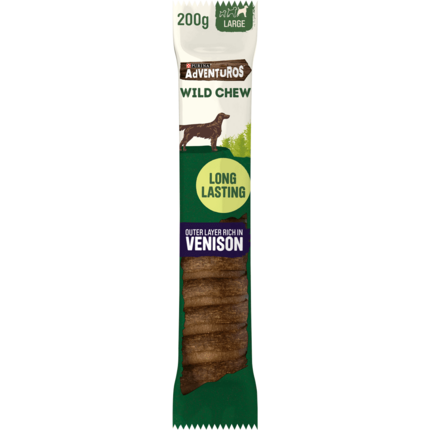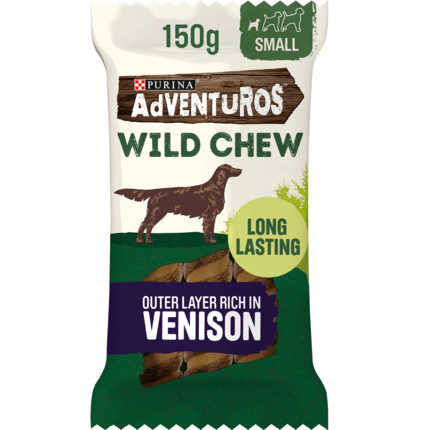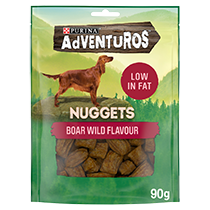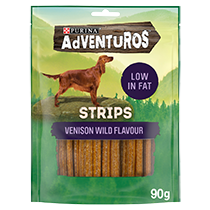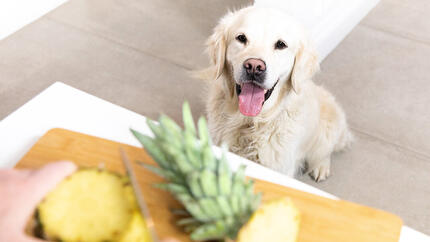
Sweet and exotic in flavour, it’s easy to see why mango is one of the most popular fruits. But can we share a bite with our four-legged friends? Find out if dogs can eat mango in this guide.
There’s nothing better than tucking into a sweet, juicy mango. While you’re tucking into this tropical fruit, you may notice you’re being watched by your four-legged friend with their best begging face pleading for a share. But can dogs eat mango? Is it safe to share your sweet fruity treat with your dog?
Find out if it’s safe and healthy for you to offer your dog a piece and if mango is good for dogs in this guide.
Can dogs eat mango?
Yes, dogs can eat mango! It’s sweet and tasty which means many dogs love it and the flesh is very soft and easy for them to eat too. However, it’s very sugary and should only be given in small amounts as an occasional treat.
Can dogs eat mango skin?
While mango skin is edible, it may be difficult for your dog to digest and may cause tummy upset. We only recommend feeding your dog mango without the skin.
Can dogs eat mango stones?
Any fruit stones – including mango stones – can be harmful to dogs. Before offering your dog any mango, always make sure you remove the stone. Not only is it a potential choking hazard and may cause an intestinal blockage, it also contains small amounts of cyanide, which is toxic. Can dogs eat dried mango? Dried mango is OK for dogs to eat, but it’s best to stick to fresh as when dried, mango contains much more sugar content. Plus, mangoes lose a lot of their nutritional benefits when dried, so fresh is always best.

Is mango good for dogs?
Mango contains essential vitamins such as B6, A, C and E, which are good for dogs. However, these are all vitamins that your dog should be getting from their complete, balanced diet. You should only feed small amounts of mango as a treat, so it’s unlikely your dog will benefit from the vitamins in mango. Think of it as a sweet treat rather than a nutritious addition to their diet.
Mangos also contain a lot of fibre and if your dog isn’t used to this, it may cause them an upset stomach and result in issues like diarrhoea. Additionally, fruits which are very high in sugar can contribute to tooth decay, so make sure they are only given as an occasional treat!
How to feed mango to dogs
First and foremost, if you’re unsure about feeding mango to your dog, always consult your vet. They’ll be able to advise how much and how often to feed, and assess whether it’s suitable for your dog to begin with. For example, it may not be suitable for dog with sensitive stomachs or diabetes. Our guide on fruits dogs can eat can help settle your mind when it comes to feeding your dog tasty fruity snacks.
When it comes to serving the mango, stick to fresh and organic and thoroughly wash the mango first. Then, peel, remove the stone and cut into chunks. Make sure if you have a smaller breed to cut the chunks smaller, but the soft flesh does tend to be quite easy for them to eat.
During the summer for a fun and refreshing snack, you could try freezing segments. Mangos are around 85% water – an ideal treat for helping to stay hydrated in the heat.
Always remember that treats shouldn’t make up more than 10% of your dog’s daily calorie intake, with the other 90% coming from their complete and balanced diet.
Now you know that dogs can eat mangoes! Want to find out more about which human foods your dog can eat? Learn if dogs can eat pineapple, or discover if dogs can eat celery next.






